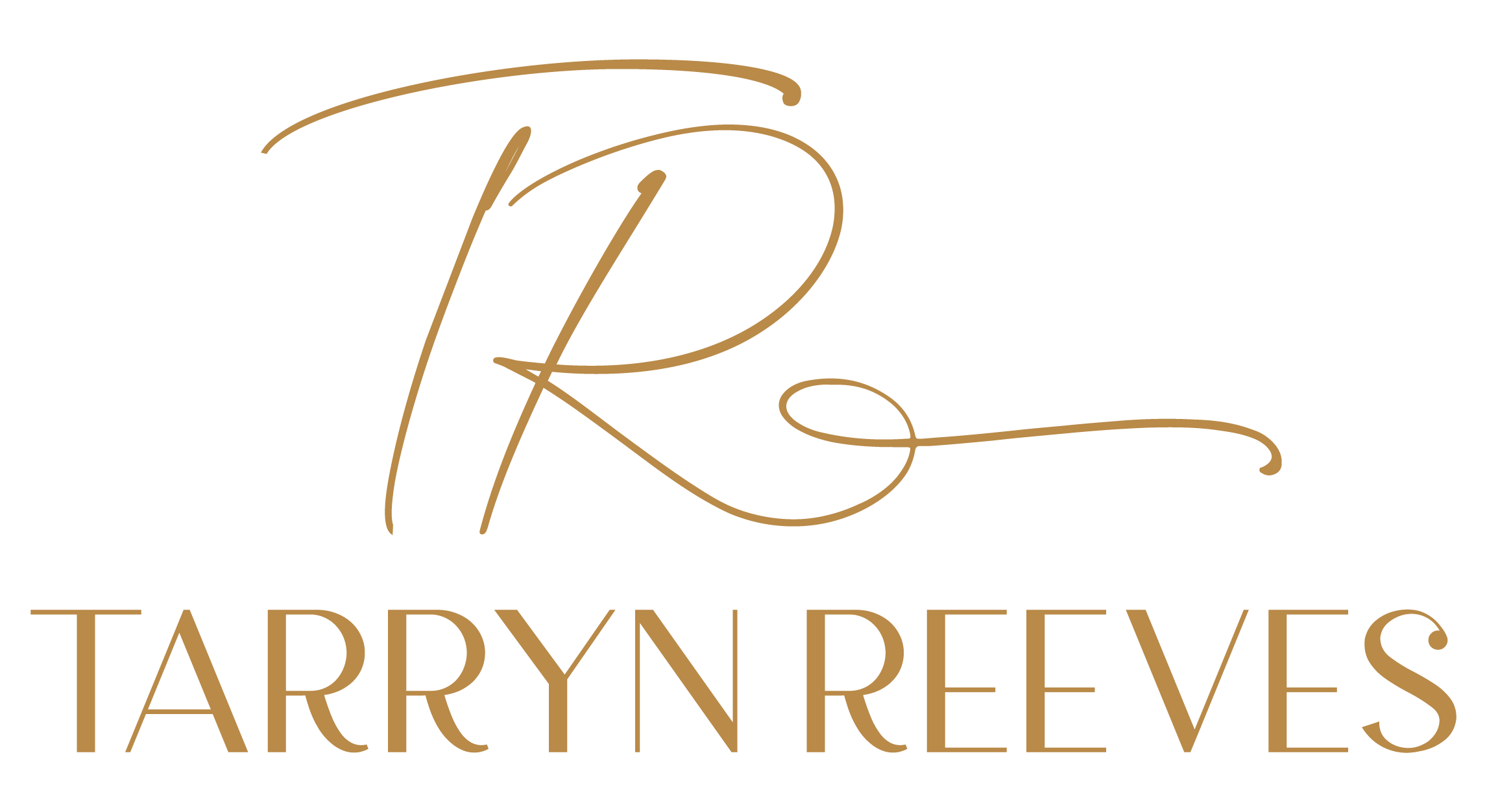Your Book Deserves More Than a DIY Cover: How Quality Design Builds Instant Authority
You’ve poured your heart, wisdom, and energy into writing a powerful book. Now comes the part that too many authors overlook — the cover. And let’s be honest: if you’re still thinking Canva + clip art = good enough… we need to talk.
Because your book isn’t just a book. It’s your brand. It’s your first impression. It’s the difference between being taken seriously and being skipped entirely.
Let’s break down exactly why cutting corners on your book design can cost you — and what to do instead.
The Brutal Truth About DIY Covers
We’ve all seen them. The DIY book covers with weird fonts, stock-photo overload, and layouts that scream “self-published.”
Here’s what readers (and media, and event bookers, and buyers) subconsciously think when they see a poorly designed book:
“If the outside is sloppy, what’s the inside like?”
“This doesn’t look credible.”
“They’re probably not an expert.”
And just like that, your message gets ignored before it’s even read.
A DIY book cover might save you money upfront — but it could cost you way more in lost sales, lost credibility, and lost opportunities.
Why Professional Design Matters
A high-quality cover isn’t just about looking pretty. It’s strategic.
Here’s what professional design communicates instantly:
Authority — You look like a trusted expert in your niche.
Clarity — Your book is instantly understandable at a glance.
Credibility — You look like you belong on shelves, stages, and bestseller lists.
People do judge a book by its cover. The right design builds trust before they even open the first page.
Your Cover Is a Marketing Asset
You’re not just designing for bookstores. Your book will appear on websites, Amazon, social media, digital ads, press kits, and podcast banners.
That cover? It’s everywhere.
Ask yourself:
Would I be proud to share this image on LinkedIn?
Does this look like a book that gets media attention?
If someone judged my brand by this alone — would I win them over?
Design Is More Than the Front Cover
Let’s not forget layout. Typography. Spine width. Paper weight. File formats. Colour profiles.
Professional designers don’t just make it look good. They make it work — for digital, for print, for global distribution.
And they’ll make sure it fits your genre, audience, and message like a glove.
How to Get a Cover That Sells (and Scales)
Start with your positioning: What transformation does your book promise? Who’s it for?
Look at bestseller trends: What’s working in your niche? What looks outdated?
Hire experts who get branding: Not just design — brand strategy.
Trust the process: Your designer should provide mockups, iterations, and guidance. This isn’t one-and-done.
Invest wisely: Great covers don’t cost a fortune — but they are worth every cent.
Free Resource: The Ultimate Guide to Creating an Impactful Book Cover
Want to know exactly what makes a book cover stand out?
Grab our free guide, The Ultimate Guide to Creating an Impactful Book Cover — packed with must-ask design questions, visual examples, and tips for building a book brand that turns heads.
👉 Download the free guide now.
The Bottom Line
Your book cover is more than decoration. It’s authority. It’s first impressions. It’s positioning.
So please — don’t slap something together and hope for the best. Do it once. Do it right. Because your message deserves to be seen, felt, and remembered.
And your legacy deserves more than DIY.




